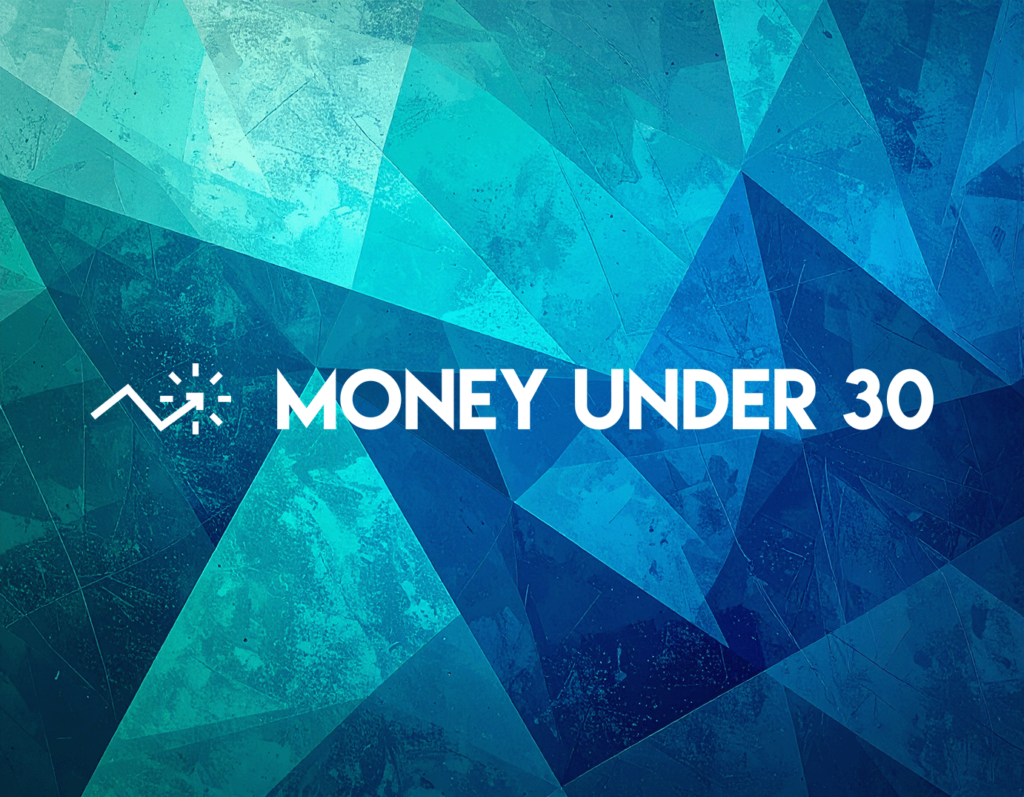But student loan debt is one of the worst kinds of debt to have if you can’t pay—it can’t be discharged in bankruptcy, and, as the primary lender of student loan money is the U.S. government (or, as it calls itself on the student aid website, “The Proud Sponsor of the American Mind,” which, if you think about it too hard, makes no sense), delinquent borrowers can be subject to brutal collection practices—including wage garnishment.
What is wage garnishment?
Wage garnishment sounds like it should be something nice, right? Like a garnish—a pretty embellishment or adornment that, while adding no real value, makes something more aesthetically pleasing. It sounds, on its face, like wage garnishment should mean that your money comes with a sprig of festive holly.
But, alas, wage garnishment not only doesn’t add value to your wages, it actually takes value away, by deducting up to 15 percent of your disposable income from your paycheck each pay period. Imagine if you logged into your bank account on payday and only 85 percent of your pay was there. That’s wage garnishment.
The formula for determining the exact amount of your garnishment is more complicated than that, but, no matter what, they can’t leave you with less than 30 times the federal minimum hourly wage, currently $217.50, in disposable income per week.
The government can do this because, well, it’s the government. It has powers that far exceed that of regular, run-of-the-mill financial conglomerates. (To be clear, those financial conglomerates can also garnish your wages, but first they have to sue you and win a judgement.)
But whereas private lenders are limited in their tactics by The Fair Debt Collection Practices Act (they can’t call you after 9pm or before 8am, they can’t show up at your place of business, and they can’t talk to a third party about your debt), the government is exempt, and it’s lobbied to have its private contractors (i.e. collection agencies) exempted as well.
In terms of your student loans, wage garnishment is basically the government’s last resort to get you to pay up. And it works very, very well.
How does wage garnishment happen?
Wage garnishment happens only—and I can’t stress this enough—if you default. If you don’t default, your wages cannot be garnished. If you go into deferment or forbearance, your wages will not be garnished.
That’s not to say that forbearance or deferment are necessarily great options, but they are way, way better than default and wage garnishment. While in forbearance (or in deferment for unsubsidized loans), interest still accumulates, but you won’t be hit with all the fees associated with default and having your account sent to collections.
Those fees can be 18.5 percent of your principal. Your principal! That’s a fee of up to $3,700 on a $20,000 loan!
How will I know if my wages are being garnished?
The Department of Education will send you a letter. Once you stop making payments on your loans, it’ll still take some time (nine months, to be exact) for you to officially be in default. Once you default, lots of terrifying things happen: your total loan amount suddenly comes due (this is called acceleration), your loan is often sold off to a collection agency, and you’ll probably start getting mail that comes on bright-colored paper, to make you know whoever’s sending it means business.
But you won’t have to worry about any of this if you never default, and never defaulting should be the number one goal in your debt management strategy.
Related: This is what happens when you don’t pay student loans (and yes, it’s very bad)
What happens, theoretically, if I do default? Is my life ruined?
No, no, it’s not that bad. I mean, it’s bad. But it’s not the end of the world! There are things you can do, no matter where you are along the road to default.
The first step, no matter where you are in the process, is to communicate with your lender or loan servicer. If you can’t make your payments, contact your lender and tell them that. You might qualify for deferment or forbearance. You could look into Income-Based Repayment, which might lower your monthly payment. You might look into consolidation, which could also lower your monthly payment. There are options, but you can’t take advantage of any of them if you’re paralyzed by dread and anxiety.
One thing to be aware of with forbearance and deferment is that they are temporary fixes. It may feel nice to not have to pay your loans, and you might feel tempted to just forget that they exist. But they are still accruing interest, and, as we’ve mentioned already, federal student loans (or private ones, for that matter) just don’t go away. As soon as you can start making payments, you should. And as soon as you can start paying more, you should do that, too.
Lower monthly payments, while making your life easier in the near term, will significantly add to your total loan amount. This is why the government is relatively chill about giving you more time to pay: they make more money by doing so. Figures released by the Congressional Budget Office suggest profits of more than $100 billion in the next decade, and those figures are actually lower than previous estimates, which were so scandalous the government had to take steps to make sure it made less money.
Now, if you’re in default, you’ll probably need to contact the collection agencies that now hold your loan. As this piece in the Billfold tells you, they’ll likely be pretty nice, since you’re calling them to start paying up. They save the scolding for their threatening letters.
Yes, but what about wage garnishment? How do I get that to stop?
If you’re in default and have just received notice of wage garnishment, then you can object and they will give you a hearing. This might be your last chance to avoid garnishment, and, at the very least, it’s an opportunity for you to lower the amount the government takes out.
Otherwise, there are three options for getting out of default, and thus, out of wage garnishment:
Loan repayment
You pay the whole balance of the loan, in full.
Obviously, this is not really an option for anyone. If you had $50,000 just lying around, you wouldn’t have defaulted in the first place, or even have had to take out loans. But, if you do, for whatever reason, happen to have $50,000 hanging around, then this could be a quick—if not particularly painless—option for getting out of default.
Loan rehabilitation
Under loan rehabilitation, you and the Department of Education agree on a repayment plan. Only after you have made a certain number of on-time, voluntary payments (which are separate from your wage garnishments) will your loan be considered rehabilitated. Once your loan has been rehabilitated, it will be sold back to a lender (like Sallie Mae) and payments will resume as before.
Once your loans are rehabilitated and out of default, you are again eligible for programs like deferment, forbearance, and Income-Based Repayment.
Loan consolidation
Loan consolidation is sort of like loan repayment, only instead of using your own money to pay off your balance all at once, you’re using another loan to do it. In consolidation, all your existing, defaulted loans are paid off and replaced by one big new loan. For federal loans, you must consolidate through the federal government. (Refinancing your federal loans with private lenders will mean giving up a lot of benefits, and you probably shouldn’t do it if you don’t have to.)
Before a defaulted loan can be eligible for loan consolidation, the borrower must often make a certain number (typically three) of voluntary, on-time payments. Again, these payments would be in addition to the wage garnishments.
Loan consolidation can only be done once.
Summary
Wage garnishment is an unpleasant experience that borrowers should do everything they can to avoid. As soon as you realize you’re unable to keep up with your federal student loan payments, contact your lender. Facing up to debt can be difficult, but it’s better to acknowledge the problem and take steps to remedy it than to just ignore it and let the problem (and your balance) get bigger and bigger. No need to beat yourself up over bad decisions in the past; take the necessary steps to make your future a little better.


